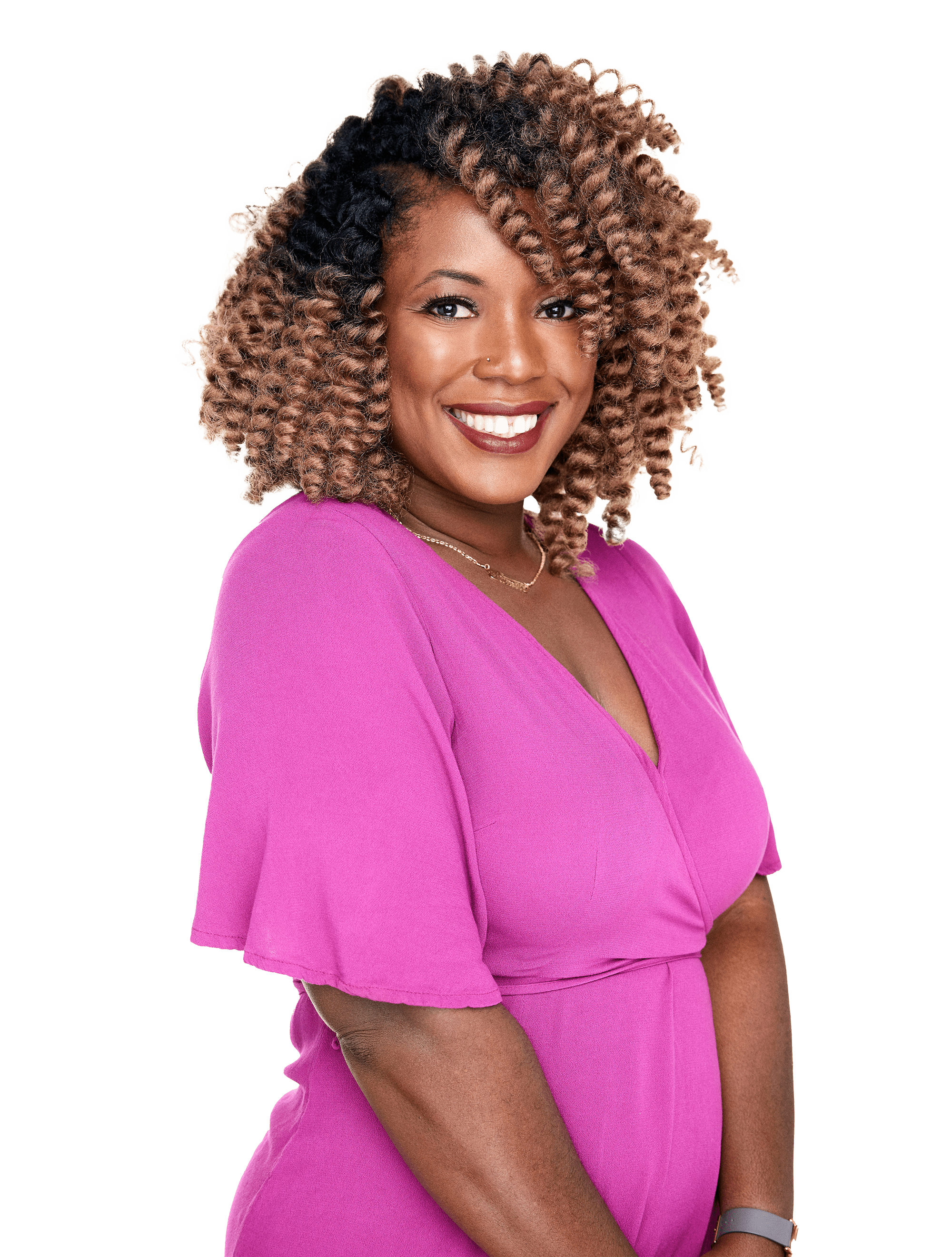I am an
ornithologist
At harvardScott Edwards, PhD
This scientist was part of our original collection.*A few features may be different.
SCOTT
EDWARDS
He/Him
“I don’t see a distinction between art and science. In some ways, I align more with artists than scientists.”
Dr. Scott Edwards was born in Hawaii, but it wasn’t until he returned nearly two decades later that he would be able to truly appreciate its beauty.
He moved to Manhattan when he was young, but the urban setting didn’t stop him from discovering pockets of nature’s wonders. He started bird watching as a young boy, and it shaped the way he looked at the world. What seemed like just another bird to someone else, for example, to him was the lucky spotting of a beautiful, clown-faced Northern Flicker gracing his own backyard. That being said, he had no expectation of turning his birdwatching hobby into a career.
His dad was a doctor, so he considered following in his footsteps and signed up to take pre-med science courses in college. After the stressful experience of an organic chemistry class made him reconsider his life choices, he took a year off from school and accepted a position doing fieldwork in Hawaii. Only this time, he saw it through the eyes of someone who could tell the difference between a tree swallow and a purple martin.
He was in awe of the diversity of the plants and animals, the exquisite designs, and the many questions they inspired. His path had come full circle in more ways than one; back to Hawaii, back to nature, and shortly after, back to the birds.
He decided to pursue a PhD in Zoology, where he studied the DNA of songbirds to explore how they evolved. For him, the work was as much about appreciating nature as it was about understanding it, and as his career progressed, he saw the many ways that his science intersected with his other passions.
Today, Dr. Edwards lives a life that blurs lines: between art and nature, work and play, science and society, past and present. As the curator at the Harvard Museum of Comparative Zoology, he creates opportunities for the public to see the beauty of animals the way that he does. As an avid hiker, he can’t help but bring a pair of binoculars along in case he spots a rare bird in its natural habitat. As an advocate, he works to support more diversity in science and increased conservation efforts. And as a scientist, he searches for clues to better understand how life came to be as it is.
Some people go into science to change the world, or even to save it. Dr. Edwards went into it to explore all of the incredible natural beauty that makes it worth saving in the first place.
Notable Accomplishments:
PhD in Zoology, University of California, Berkeley
Elected to the United States National Academy of Sciences
Alfred P. Sloane Postdoctoral Fellow in Molecular Evolution, University of Florida, Gainesville
The
basics:
Expertise: Ornithology; Genetics; Evolutionary Biology
Title: Professor & Curator
Institution: Harvard University & Museum of Comparative Zoology
I am a nature-loving professor and museum curator who is fascinated by the beauty and evolution of life on earth.
NATURE
•
HIKING
•
1970S POP MUSIC
•
CONSERVATION
•
SCIENCE EDUCATION
•
NATURE • HIKING • 1970S POP MUSIC • CONSERVATION • SCIENCE EDUCATION •
things I love:
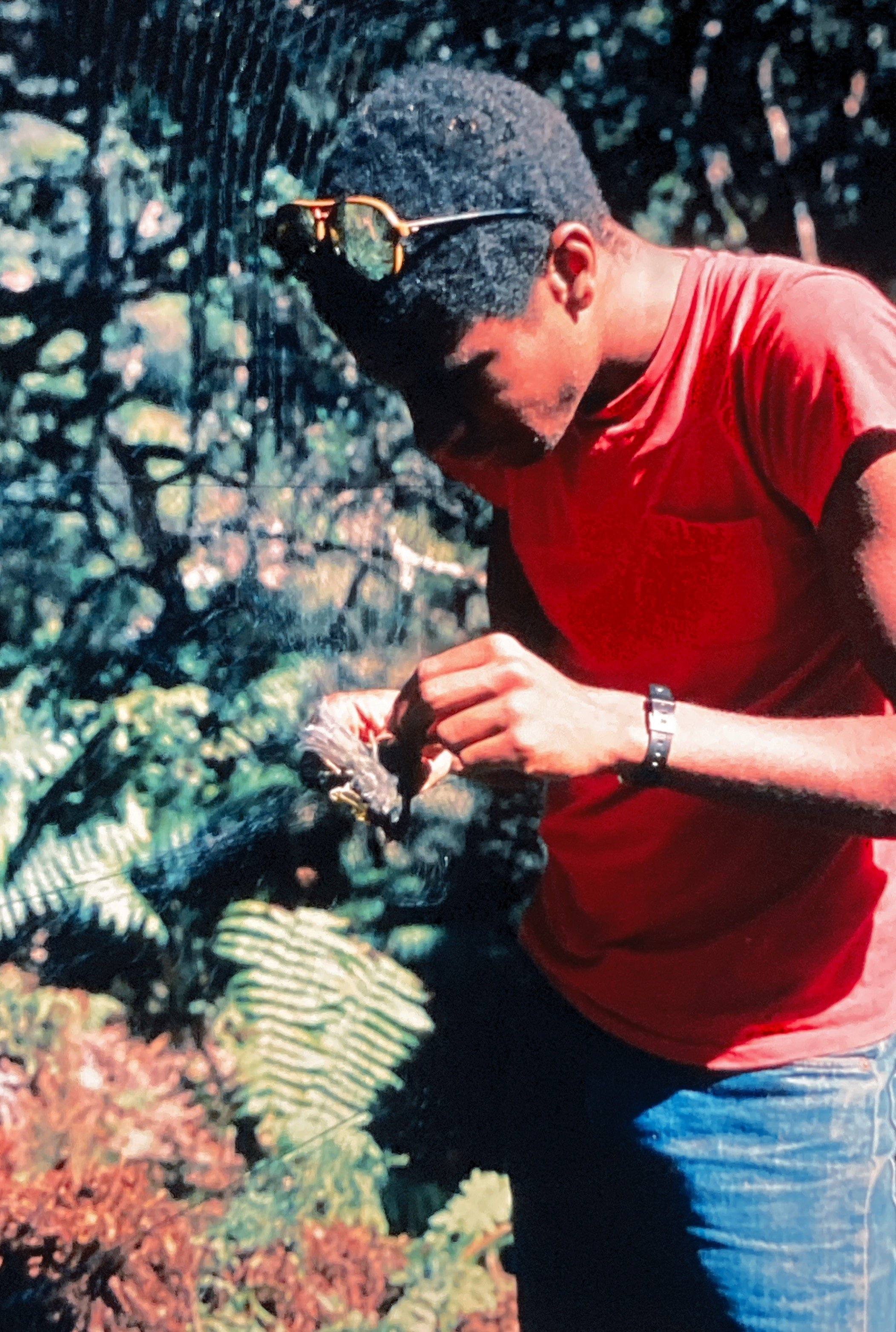
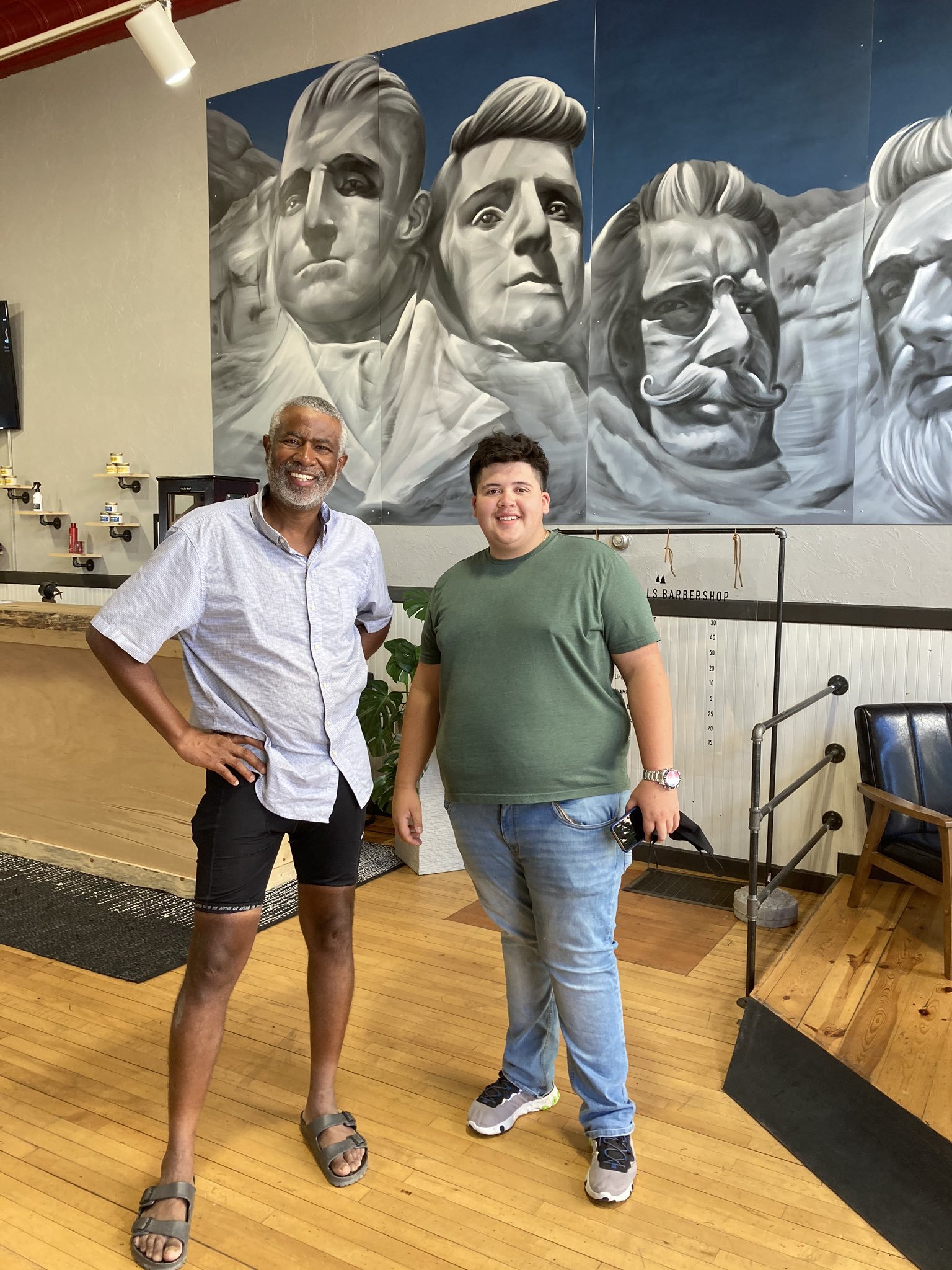
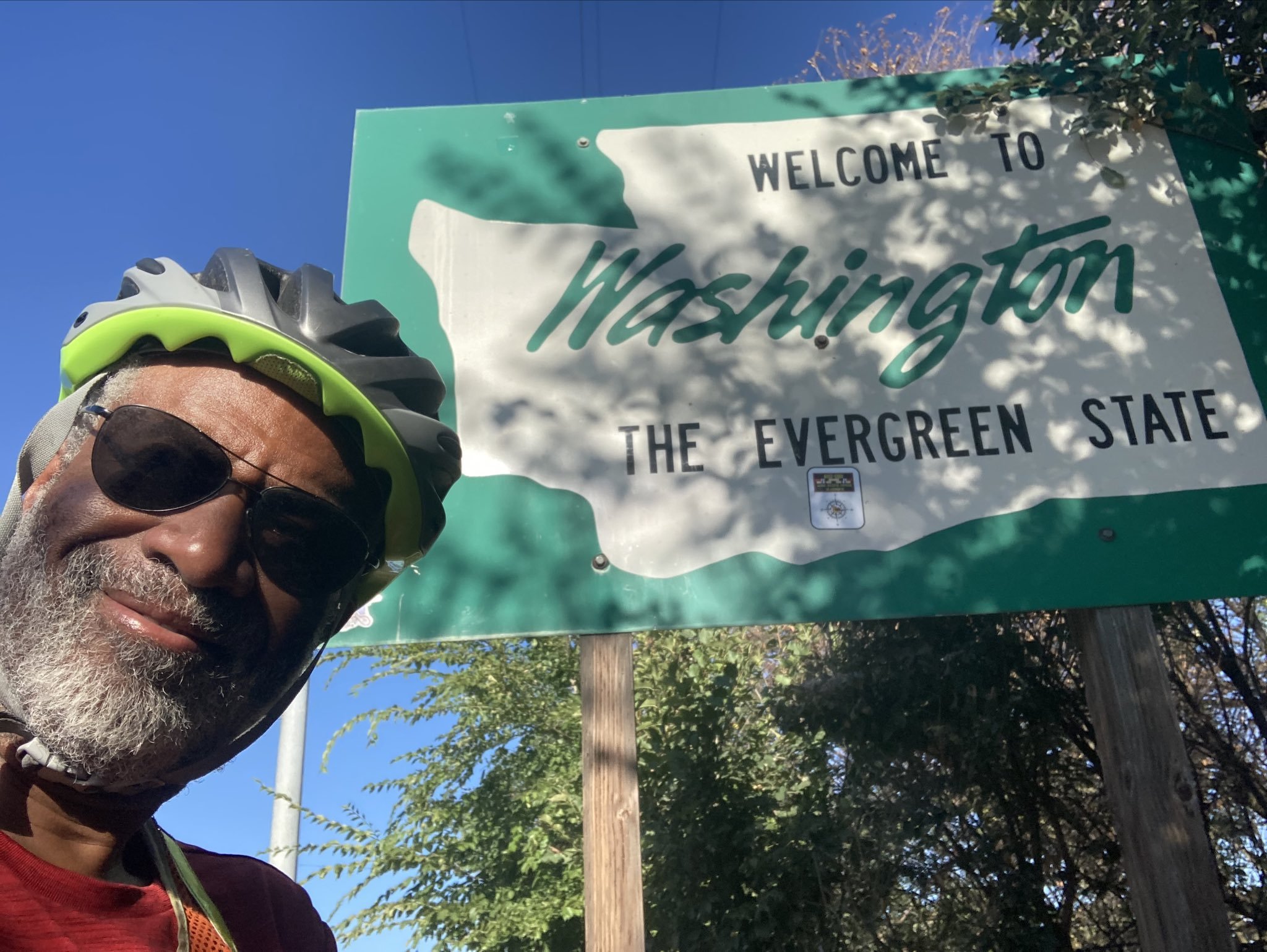
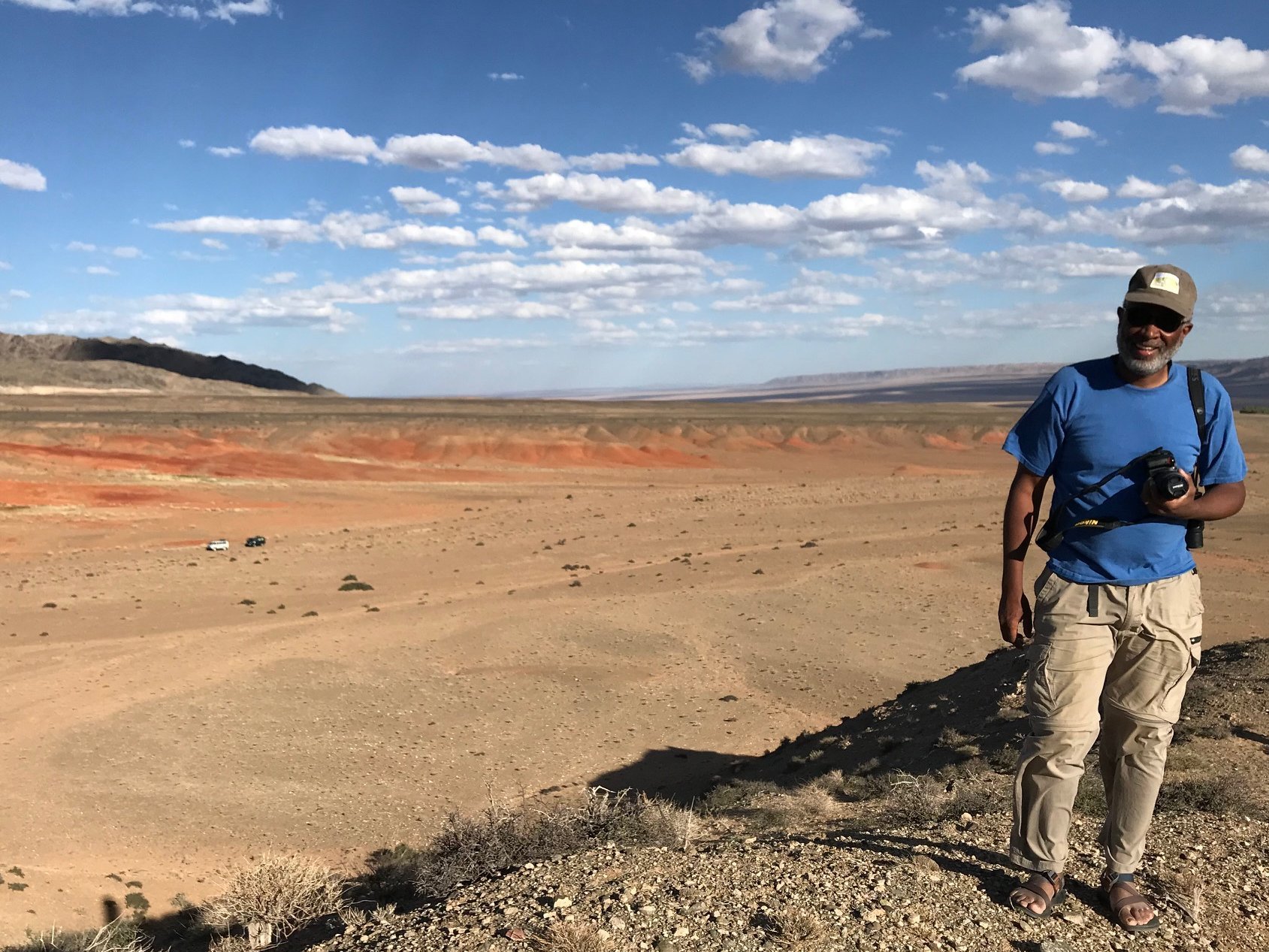

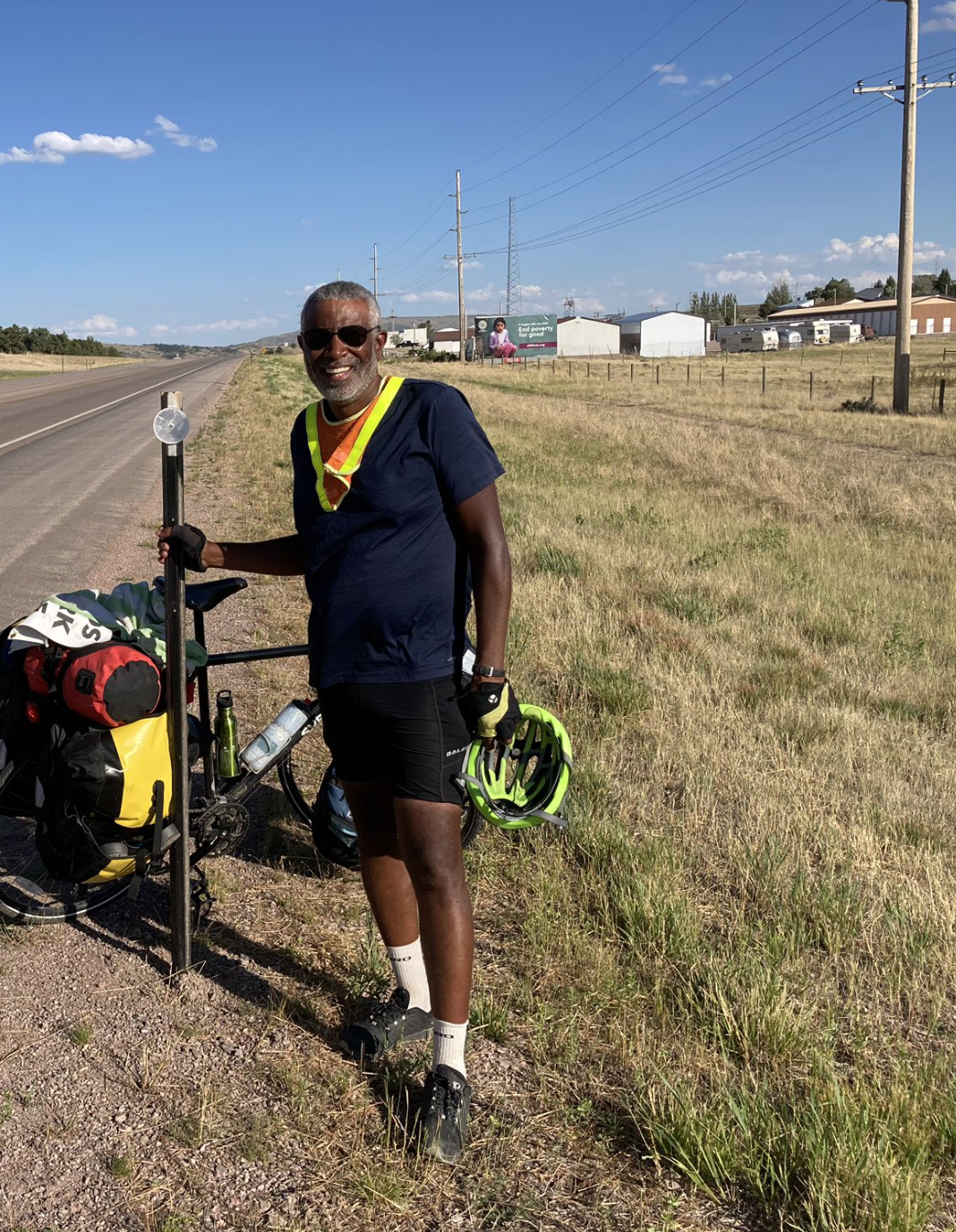
WHAT I DO
i am aN ORNITHOLOGIST
I’m interested in the evolution of life on earth and the processes that have created our huge diversity of species.
i work in many settings.
Sometimes I’m in the outdoors, searching for specimens all around the world; other times I’m in a lab, where I analyze blood and tissue samples to study genes; and lastly you can find me at the museum, where I manage a collection of birds.
I study birds.
I think birds are a great model for understanding how nature adapts.
i find art and beauty in my work.
I believe that there can and should be an open trade of resources between art and science.
MY WHY
I use genetics to understand the tree of life in ways that observations alone can’t do.
I WANT TO KNOW:
How did birds and other forms of life evolve?
What can their genes tell us about where they came from?
MY ADVICE
a little about me
I got lost in the middle of Australia while doing field research.
One of my goals is to beat my brother at ping pong. I play the drums. I study the evolution of birds. My training as a biologist helped me see the beauty in the world. I believe the line between biology and the arts is very thin. My research changed the way we think about dinosaurs -- they were covered in something more like feathers than scales. I am the only scientist in my family and I was a “first” in a lot of things and am happy to see more people of color in science.
MY PATH TO SCIENCE
Bird Watching
I was born in Honolulu, Hawaii, but grew up in Manhattan. I was a happy-go-lucky kid who had a relatively stress-free childhood. My brother and I used to invent ridiculous games. When I was 11 or 12, my neighbor took me bird watching and I loved it! I remember the moment I saw one of the first significant birds: a woodpecker called flickers that looked like a clown. It was amazing to see that in my backyard.
Took Advantage of Every Opportunity
I moved to the Bronx and started working for a local horticultural and environmental institute. I put together a report on past ornithologists in Riverdale, my new home. It built on my interest in birds, even though I didn’t know what my career would be. Even when I later enrolled at Harvard University, I wasn’t sure I was going to take the academic track.
Taking a Break
After an intense class on organic chemistry, I decided to take a break from school and get some field experience. I went to Hawaii to do field research and was inspired by its beauty and diversity. I returned to school ready to learn. During my break from school, I volunteered at the Smithsonian National Museum of Natural History, where I was first exposed to the world of museum research. At first, my dad didn’t want to accept that I wanted to be a researcher.
Finding my Calling
I decided to get a Ph.D. in zoology from the University of California, Berkeley, studying songbird DNA. Then I worked at the University of Florida, where I learned more about studying birds at the molecular level to better understand how they evolved. Eventually I became a professor and museum curator — first in Seattle and then back at Harvard. I have made major discoveries about the evolution of birds, including that birds evolved from dinosaurs.
Bringing Science Outside the Lab
My work doesn’t stop at the lab. My career has become very diverse. I published a book filled with rare early drawings of birds and nature. I’m also an advocate for science education and work to make museum collections, including Harvard’s large bird collection, available to undergraduates.
I study evolutionary biology
Evolutionary biologists study how life began and has changed over the course of history, and how the diversity of life on earth came to be.
INTRODUCING
Evolutionary
Science
What is evolutionary science? Why does it matter?
Maybe you’ve heard that humans evolved from primates or that birds evolved from dinosaurs? But what does this mean? How does one animal just turn into something else? Well, it happens very slowly, in very small increments, over a very, very long time.
Evolutionary science is the study of the gradual development of something from one form, usually a simpler one, into another form, usually a more complex one. Evolution happens on the scale of generations. Each time a mother has babies, that is a chance for slight, random genetic differences between mother and child to result in very small changes to the form and abilities of a species. If those changes offer an advantage, they will be more likely to be passed on to the next generation and the species as a whole may slowly change to look more like that version. Therefore, species that have shorter generation times tend to evolve more quickly.
This is why many scientists who study evolution do so in fruit flies — they can put different fruit flies in different conditions and then look at changes that pop up in their children and grandchildren and great-grandchildren. Large animals like humans tend to evolve much more slowly, but scientists can study this using the fossil record, going backwards instead of forwards in time to look for patterns of change. Ancestors of modern humans, for example, were shorter and had proportionally longer arms than those alive today. Evolution is important for understanding how we are connected to our environment and how our way of interacting with it has changed over many thousands of years.
Career Resources
Every scientist’s path is unique, and the right resources can make all of the difference. Below are a selection of resources that may be helpful for those who are interested in areas of science that are related to Scott’s work.
“Literally follow your dreams. Don’t write it off as ‘That is for someone else to do, I’ll just go and live my normal life’. But really, you could do that!”
— Scott Edwards, PhD
KEEP EXPLORING
Here are some resources we recommend for diving deeper into themes from this story.
Life Sciences
FIELD GUIDE
coming soonView more related scientists:
Looking for teacher resources?
PHOTOGRAPHER: Erica Derrickson • Boston, MA© 2024 THE PLENARY, CO. ALL RIGHTS RESERVED. TERMS. PRIVACY.This is a brand new site! See an issue? Let us know.













